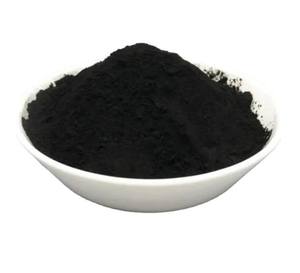**Boron Trichloride’s Atomic Party: Weighing Molecules Like a Pro!**
(Determining the Mass of a Boron Trichloride Molecule: Molecular Weights)
Imagine you’re at a microscopic rave. The DJ is a boron atom, spinning beats with three chlorine buddies. Their dance floor? A molecule of boron trichloride. But how much does this tiny squad actually weigh? Grab your lab goggles (or a disco ball)—we’re crashing the atomic party to uncover the mass of BCl₃, one electrifying calculation at a time.
First off, molecules don’t come with price tags or bathroom scales. To weigh them, we need molecular weight—a fancy term for adding up the atomic masses of every atom in the crew. Think of it like tallying the combined weight of all dancers at the rave. For boron trichloride, that means one boron atom and three chlorine atoms. Simple math, right? But here’s the twist: atomic masses aren’t whole numbers. They’re decimals plucked from the periodic table, reflecting the average mass of isotopes (atoms with the same personality but slightly different weights).
Let’s break it down. Boron (B) is the life of the party. Check the periodic table, and you’ll find its atomic mass lounging around 10.81 atomic mass units (amu). Chlorine (Cl), the trio of backup dancers, each clocks in at approximately 35.45 amu. Why the decimal? Blame isotopes. Chlorine loves variety—about 75% of its atoms are chlorine-35, and 25% are chlorine-37. The average? A smooth 35.45.
Now, let’s do the math without falling asleep. For boron trichloride (BCl₃):
– 1 boron atom = 10.81 amu
– 3 chlorine atoms = 3 × 35.45 amu = 106.35 amu
Add them up: 10.81 + 106.35 = 117.16 amu. Boom! The molecular weight of BCl₃ is 117.16 atomic mass units. But wait—this isn’t just a number. It’s a backstage pass to real-world chemistry.
Why should you care? Picture this: you’re a chemist synthesizing boron trichloride for a new solar panel material. Knowing its molecular weight lets you measure precise amounts in grams. How? By using Avogadro’s number, the VIP list that connects atomic-scale masses to lab-scale quantities. One mole of BCl₃ weighs 117.16 grams, containing roughly 6.022 × 10²³ molecules. That’s enough molecules to throw a rave spanning the entire observable universe.
But here’s where it gets wild. Boron trichloride isn’t just a lab curiosity. It’s a star in semiconductor manufacturing, helping etch silicon wafers into microchips that power your phone. Its molecular weight ensures engineers can control reactions with nanoscale precision. Mess up the math, and your smartphone might turn into a paperweight.
Now, let’s get philosophical. A molecule’s weight is like its fingerprint—unique and packed with clues. By calculating it, we decode how substances interact, react, and even explode (safely, we hope). For BCl₃, that fingerprint reveals a volatile, reactive character. It hydrolyzes violently with water, making it a drama queen in humid environments. Handle with care—or risk crashing the atomic party into a splashy disaster.
So next time you see a periodic table, don’t just yawn. See it as a cheat sheet for weighing invisible worlds. Whether you’re mixing chemicals or daydreaming about molecular raves, remember: every atom counts, and every decimal place tells a story. Boron trichloride’s weight isn’t just a number—it’s a ticket to understanding the universe, one tiny dancer at a time.
(Determining the Mass of a Boron Trichloride Molecule: Molecular Weights)
And who knows? Maybe someday you’ll name a molecule after your favorite band. The Foo Fighters fluoride? Led Zeppelin oxide? The periodic table is your canvas. Now go weigh some molecules—and keep the party scientific.
Inquiry us
if you want to want to know more, please feel free to contact us. (nanotrun@yahoo.com)




